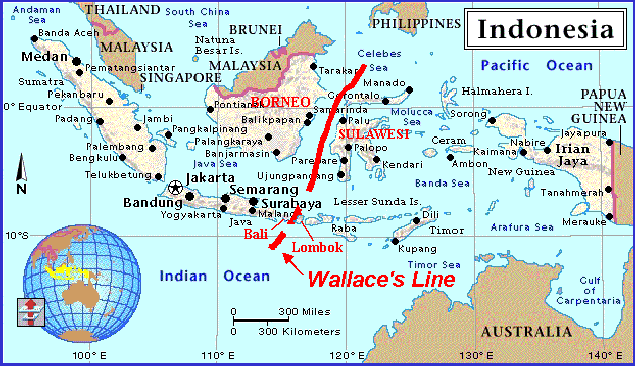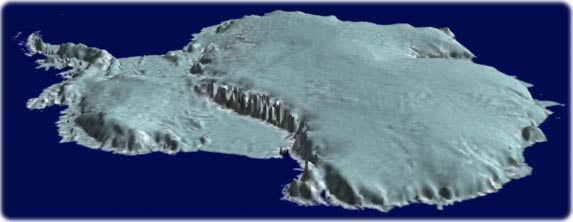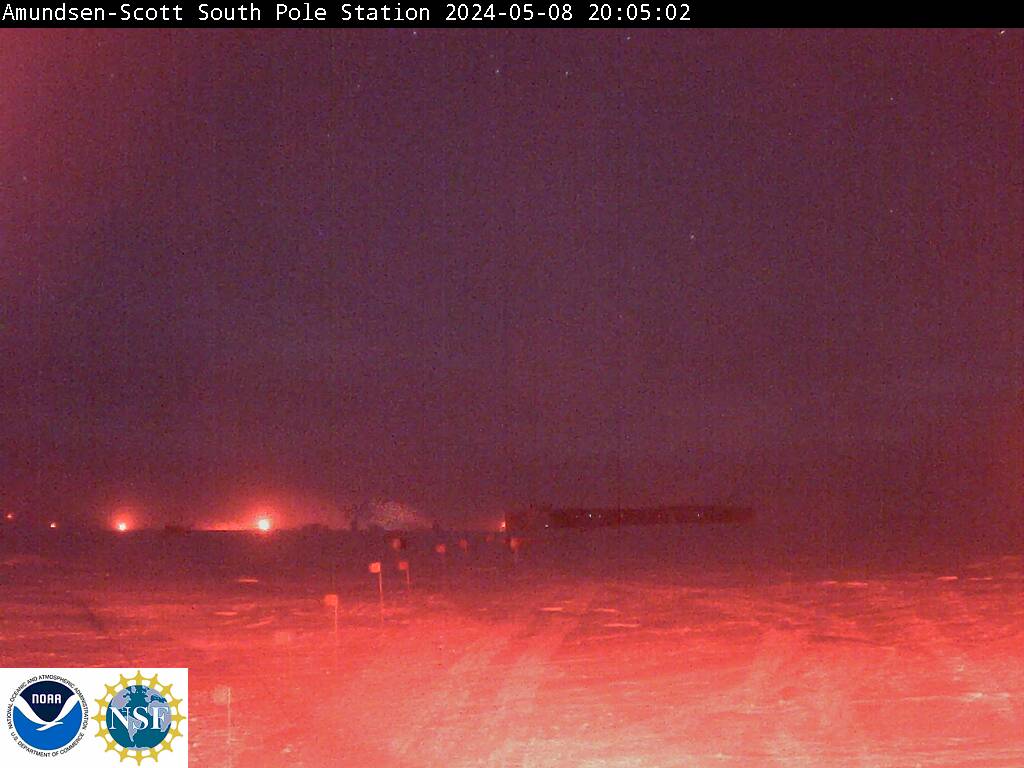The 2009 Spring update is here! Learn how the 2008-09 season went and what is new at the Penguin Project. The 2009 Spring Newsletter text can be found below or I have attached the newsletter with pictures as a pdf. We also recently renovated our website (www.penguinstudies.org) to include up-to-date penguin news from around the world as well as anything and everything Magellanic Penguin. You can find all of our newsletters, including this most recent one, on the website under 'Publications'. Additionally, Turbo is now on Facebook so make sure to search for 'Turbo the Penguin' and add yourself as a fan to see exciting pictures, videos and stories all about Turbo!
Dee
---------------------------------------------------------------------------------------------------------------------------------------------------------
Spring 2009 Penguin Update
by Dee Boersma
Five consecutive years of successful chick rearing is in many ways a hopeful sign. Despite a storm that likely killed 16% of the chicks, adults raised 3/4 of a chick per nest, which is well above the 25 year average of a 1/2 chick per nest (most pairs don't raise any chicks). In the areas we call the Canada and Sea we checked 181 nests and 32 pairs fledged both chicks. But in spite of another successful year, the number of active nests in the colony is down 23.1% from 1987. Winters still are tough on the penguins. Only about 2 to 5% of the penguins on the beach this year were juveniles, so few chicks from last year apparently survived. Getting penguins to breed at Punta Tombo requires that they survive several winters, but last winter many juveniles swam to northern Brazil where they eventually starved. Penguins also encountered an oil spill in their winter grounds. There are several dozen groups dedicated to rehabilitation of penguins in northern Argentina, Uruguay and south Brazil, so we need your help to turn our attention to solving this problem. Penguins with petroleum in Chubut are nearly as rare as hen's teeth. We saw one penguin with some petroleum at Punta Tombo, but that was it. Moving the shipping lanes in 1994 and a decrease in illegal dumping of ballast water has helped the penguins. In March, when Esteban Freres and I walked 25 km of beach along the Chubut coast, we found no penguins either dead or alive with petroleum. Penguins are still getting oiled in the north (northern Argentina, Uruguay and southern Brazil), however.
For the second year in a row, we found featherless or ‘naked’ chicks at Punta Tombo. The chicks hatched with an initial layer of down but failed to grow in their second layer of down. They then remained ‘naked’, resembling plucked chickens, until they grew in their juvenile plumage when they were approximately one month old. We speculate that a virus may be the culprit, and our newest graduate student, Olivia Kane, will be investigating this problem.
We deployed 27 satellite tags at Punta Tombo and 10 at Cabo dos Bahìas this season. Penguins are traveling farther to find their food since we began satellite tracking 12 years ago. This year, they swam a mean distance of 430 km from Punta Tombo during incubation, nearly the same as in 2007 (431 km), but approximately 40 km farther than in 2006 (394 km), and almost 100 km farther than the distances traveled prior to 2001.
We had several unexpected and amazing visitors this year. A young man from Ireland, Keith Norris, who suffers from cystic fibrosis, and whose wish was to see penguins in the wild visited thanks to the Make-A-Wish Foundation. We taught him how to measure the volume of a (plastic) egg, and showed him the weigh scale, and walked with him through the penguin colony to give him a sense of how we keep track of all the penguins. In November and again on December 25th, the cormorant colony at the tip of the point had a visitor from southern Africa, a Cape Gannet (Morus capensis). Cape Gannets are rarely seen in Argentine waters. This is the second year we saw a Cape Gannet at Punta Tombo, and it's likely the same one from last year.
Our third visitor, a King Penguin, arrived for a day in December. The beautiful giant preened and made contact calls while resting on the beach. When no King penguins answered he left, but seeing him was a pleasant surprise for everyone except the Magellanic penguins, which seemed to think he was weird.
In 2007, we implanted radio identification tags (similar to those implanted into dogs and cats by veterinarians) in approximately 150 birds, and put out two reading pads that recorded tag numbers, time of day, and direction of travel when penguins cross them. This year we put out a scale to weigh penguins as they walked over it. We got over 10,000 readings and are in the process seeing if we can translate those light and heavy footsteps into weights. We are designing a system to tell use who, when and what direction a penguins was going and its weight. If and when our system works, we can determine the effect of opening and closing of the fisheries on adult penguin fishing success and chick growth. The penguins continue to be a challenge as they pull out cords and walk around the pads, and some only put one foot on the scale. The penguins and technology are a constant challenge, but we hope to win the battle and get accurate and reliable data this coming season.
On April 4, 2009 we celebrated the 25th Anniversary of the Penguin Project by unveiling the U of WA Center for Penguins as Ocean Sentinels. The Penguin Project, The International Penguin Society, Conservation magazine, and volunteer student research and education programs are the four pillars of the Center. The Penguin Project will continue to follow individual penguins, monitor the colony and develop the data needed to plan effective conservation efforts. The International Penguin Society, launched with a Pew Fellowship to Dr. Pablo Borboroglu, an Argentine conservationist, will develop and advocate solutions for sustainable marine activities and management, drawing on penguins as a charismatic, keystone species. Conservation magazine, started in 2001, is the voice for the science behind conservation. The magazine’s mission is to raise the bar on environmental thinking and writing. The Center is dedicated to educating the next generation of conservation leaders. We believe the new University Center will increase our ability to make a positive contribution to the lives of penguins, people, and conservation. As always we are honored by and welcome your support. These are challenging times and it is your support that makes it possible to continue our satellite work: $5,000 allows you to name a penguin that we will follow closely and provide you with maps and its life story each year.
Best wishes,
Dee
P.S. If you would like to accompany me and other wildlife enthusiasts on the trip of a lifetime. there is still room on the University of Washington expedition to the Galápagos (October 31 through November 8, 2009) . If you are interested please contact Olivia Kane at oliviaj@u.washington.edu.

















No comments:
Post a Comment